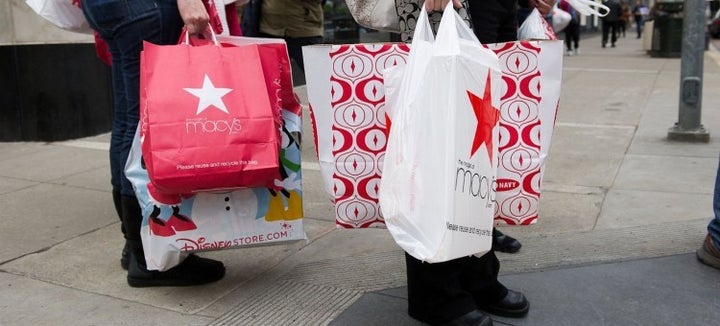
Sears and Kmart are the latest major retailers to lose market share to Amazon. Like others before, many doubt that these proud store brands will survive after years of decline. Apparently Sears and Kmart employees agree according to Business Insider.
“Welcome to Sears, how may I NOT help you?”
Who can blame Sears and Kmart employees for being so disgruntled? As depressing as it is for shoppers to experience a toxic store, it is downright humiliating for employees who work there. They are victims of a toxic brand culture.
Toxic brand cultures kill major retailers faster than Amazon.
When struggling retailers slip into panic mode, they follow an all too predictable script. They make a series of strategic moves that backfire, each one more desperate than the next. The longer this losing streak lasts, the faster morale declines.
A malaise of hopelessness infects department after department, store after store and employee after employee until the organizational culture turns brand toxic. Unchecked, a toxic brand culture becomes a self-fulfilling prophesy of doom.
7 symptoms of a toxic brand culture.
Symptoms of toxicity can be found across the spectrum of brand stakeholders.
1. Employees obsessing more on retail competition than their customers.
2. Executives focusing more on business disadvantages than core brand strengths and possibilities.
3. C-suite members becoming preoccupied more with short-term shareholder value instead of long-term brand strategy.
4. Customers spending less, choosing competitor brands and sharing negative brand experiences via social media.
5. Suppliers holding back innovative merchandising solutions as relationships grow increasingly strained.
6. Community ignoring scaled back corporate social responsibility efforts and sentiment turning negative.
7. Media reporting negative stories about the brand regardless whether content is factual or perceived.
Rebranding is not the answer, retailing is.
Traditional retailers turn to ad agencies that recommend rebranding using expensive mass media. Prioritizes shift to squeezing every billable penny an agency can onto their lifeboat before the retail ship sinks.
Rebranding stores can be dangerous for two reasons:
1. Shrinking retailers have already let employees with experience go to implement rebranding successfully.
2. New brand promises created under duress may be premature and not genuine. Consumers today reject branding that is unauthentic.
Another ad agency endorsed strategy is to aggressively promote sales, price cuts and unrealistic guarantees. That only trains loyal store customers to expect deep discounting as the new normal, eating margins now, cannibalizing profits later.
5 steps to heal a brand culture.
Invest in retail brand culture building, customer experiences and brand storytelling to rid your culture of brand toxicity. Scale back old school media buys to pay for it. When brand culture is restored, brands will get more exposure in an age of viral consumerism.
Step 1. Get back to your retail roots.
Start digging deep within your retail brand’s history, back to the deepest roots that helped it grow to prominence. You will find seeds of brand purpose to regenerate.
Step 2. Listen to your customers.
Retail is a service business. Helping customers get what they need and want efficiently and pleasantly is the essence of retail. It is what great retailers do. Never let the complexities of competition, logistics and advisors distract you from that simple mission.
Step 3. Learn from your employees.
It is too easy to lose touch with customers and employees from the C-suite. There are many walls between the boardroom and store break room. After listening to customers, learn from your employees. They will inform how you to empower them to solve customer problems with high touch service.
Step 4. Multiply the magic.
If you are still in business, there is hope. Pockets of brand magic that emotionally engage customers and employees inside your stores still exist. Effective brand culture building will multiply it exponentially throughout your stores.
Step 5. Be authentic.
Stop trying to convince customers your stores are something they are not. Celebrate what they are today and challenge them to become better tomorrow.
Rebuilding a brand culture from the inside out cures brand toxicity and is your best hope of Amazon survival.
This article first appeared on Total Retail on October 19, 2016.
